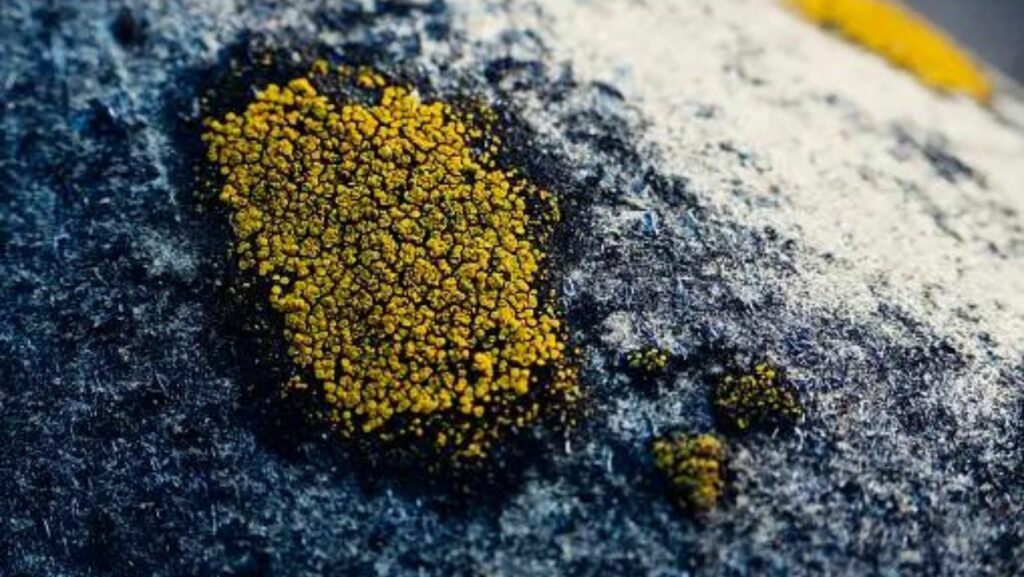Secondary endosymbiosis refers to a fascinating process in which one eukaryotic organism engulfs another eukaryote, establishing a symbiotic relationship. This phenomenon has played a significant role in the evolution and diversification of life on Earth. Now, let’s delve into the question at hand: which of the following is true of secondary endosymbiosis?
Firstly, it is important to note that secondary endosymbiosis leads to the formation of complex organisms with multiple membranes. The engulfed organism becomes an organelle within the host cell, such as a plastid or mitochondrion. This incorporation of additional membrane layers results in unique cellular structures and functions.
Secondly, secondary endosymbiosis can occur multiple times throughout evolutionary history. In fact, some organisms have undergone tertiary or even quaternary endosymbiotic events. Each successive event adds another layer of complexity and diversity to the resulting organism.
Lastly, it should be noted that secondary endosymbiosis has been instrumental in shaping various lineages across different domains of life. For instance, it is believed to have given rise to diverse groups such as algae and photosynthetic protists.
Table of Contents
ToggleThe Definition Of Secondary Endosymbiosis
Secondary endosymbiosis is a fascinating phenomenon that occurs when an organism engulfs another living organism, forming a symbiotic relationship. In this process, the engulfed organism becomes an endosymbiont within the host cell. While primary endosymbiosis involves the engulfment of a free-living bacterium by a eukaryotic cell, secondary endosymbiosis occurs when one eukaryote engulfs another eukaryote.
Here are some key points to understand about secondary endosymbiosis:
- Origin: Secondary endosymbiosis is believed to have occurred multiple times throughout evolutionary history, leading to the diversification of many lineages. It has played a significant role in shaping the complexity and diversity of various organisms.
- Multiple Membranes: One defining characteristic of secondary endosymbiosis is the presence of multiple membranes surrounding the newly acquired organelles within the host cell. This is because during engulfment, both the plasma membrane and internal membranes of the engulfed cell are retained.
- Plastids: One common outcome of secondary endosymbiosis is the acquisition of plastids, which are specialized organelles involved in photosynthesis. These plastids can be derived from different lineages such as red algae or green algae, depending on the specific event.
- Diversity: Secondary endosymbiotic events have led to remarkable diversity among organisms that possess these acquired organelles. For example, they have contributed to the evolution and adaptation of diverse algal groups like dinoflagellates and diatoms.
- Evolutionary Significance: Secondary endosymbiosis has played a crucial role in expanding ecological niches and promoting evolutionary innovation. By acquiring new metabolic capabilities through these symbiotic relationships, organisms have been able to thrive in diverse environments.
Secondary endosymbiosis is a process in which one eukaryotic organism engulfs another, leading to the establishment of a symbiotic relationship. This phenomenon has had a profound impact on the evolution and diversification of various lineages by introducing new organelles and metabolic capabilities. Understanding the intricacies of secondary endosymbiosis helps us unravel the complexity of life’s evolutionary history.

Which Of The Following Is True Of Secondary Endosymbiosis?
Secondary endosymbiosis is a fascinating phenomenon observed in various organisms. It occurs when a eukaryotic cell engulfs another eukaryotic cell, establishing a symbiotic relationship. Here are some notable examples:
- Dinoflagellates: These single-celled protists have undergone secondary endosymbiosis multiple times, resulting in complex cellular structures. For instance, the dinoflagellate genus Karlodinium has acquired green algal endosymbionts through secondary endosymbiosis.
- Apicomplexans: This group of parasitic protists includes Plasmodium, the causative agent of malaria. Apicomplexans have acquired photosynthetic organelles called plastids through secondary endosymbiosis from red algae ancestors.
- Ciliates: Certain ciliates, such as Paramecium bursaria and Ophrydium versatile, have incorporated green algae into their cells via secondary endosymbiosis. These algae provide nutrients to their hosts and receive protection in return.
- Foraminifera: Some foraminifera species have undergone secondary endosymbiosis with diatoms or other types of algae. The symbiotic algae contribute to the foraminifera’s calcareous shell formation and provide energy through photosynthesis.
- Euglenids: Euglenids like Euglena gracilis exhibit remarkable versatility by acquiring green algal plastids through secondary endosymbiosis. This enables them to perform photosynthesis under appropriate conditions while still being able to switch back to heterotrophic mode.
It’s important to note that each example represents a unique evolutionary event resulting from specific interactions between different organisms over time.
Understanding these examples sheds light on the diverse mechanisms by which organisms can acquire new traits and adapt to changing environments through secondary endosymbiosis. It showcases the remarkable plasticity of life and the intricate web of symbiotic relationships that shape our ecosystems.
By studying these fascinating examples, scientists continue to unravel the mysteries surrounding secondary endosymbiosis and gain insights into the complex dynamics of biological evolution.

